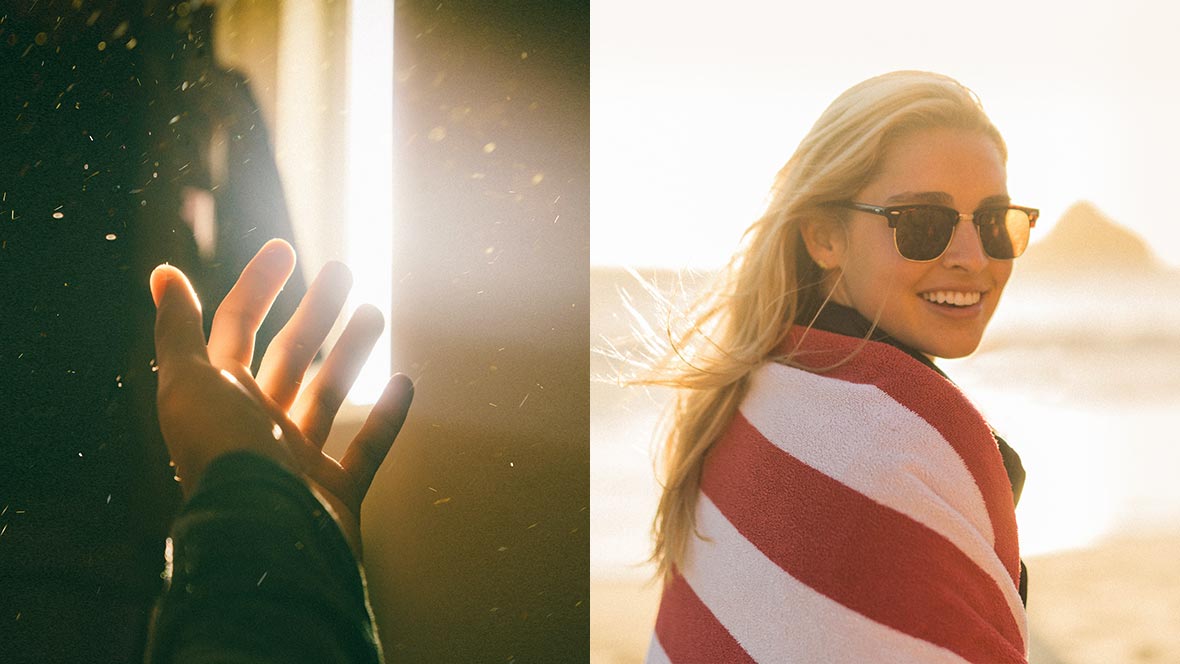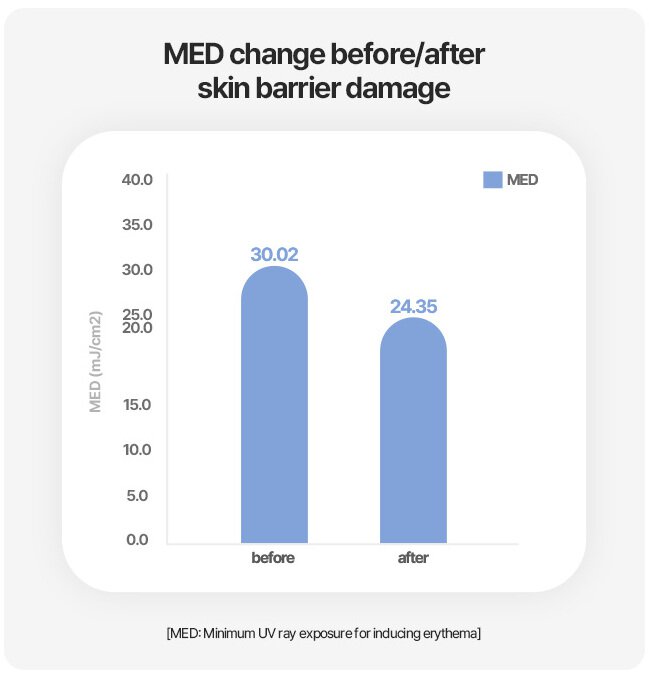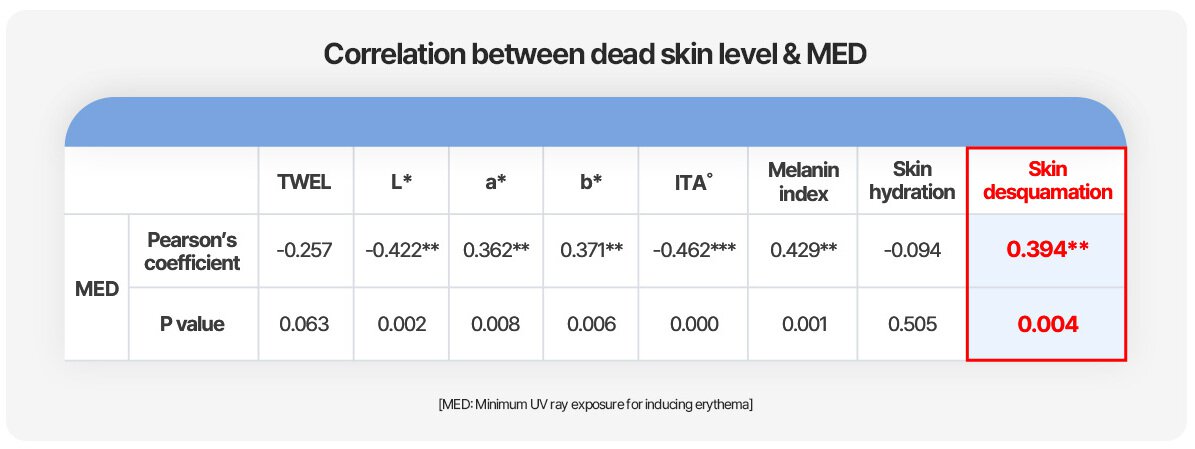
#7 What Makes Your Skin Extra Sensitive to UV Rays?
2023-05-15
UV rays are called the enemy of skin. It’s a known fact that sunlight potentially causes skin aging, melasma, wrinkles and in worse cases, skin cancer. Those invested in skincare try to prevent skin aging by applying a sunscreen every 3-4 hours. Did you know though that there are several other factors besides sunlight that are accountable for increased UV sensitivity? Dedicated to exploring the lifestyle and skin concerns of women today, LBLL decided to discover the internal causes of UV sensitivity besides the external exposure to sunlight through an MED test, MED being an abbreviation of ‘minimal erythema doses.’ Low MED suggests that the skin is sensitive and develops red spots easily even when exposed to a small amount of UV rays.
The first internal factor LBLL discovered was a weakened skin barrier. ‘Skin barrier’ refers to the outermost layer of the skin, which consists of dead skin cells and intercellular lipids. 15 to 30 layers of thin brick, the dead skin cell, are bonded by intercellular lipids that work like cement. The ‘skin barrier’ is the frontline defense that protects skin against the outside and locks the moisture in, just like the ramparts people constructed as defenses during war. The collapse of the skin barrier leads to vulnerability to UV rays, in other words, skin sensitivity to UV rays.

In the test, the skin barrier was damaged by physical irritation followed by UV irradiation. The skin developed erythema equivalent to an amount of UV rays, which is 18.8% smaller when comparing the amount irradiated to non-irritated skin. This suggests that a weaker skin barrier results in greater UV sensitivity, and a greater chance to have redness and a burning sensation.
LBLL also conducted a comparative study of UV sensitivity with varied conditions including skin moisture level and temperature. From this experiment, the lab discovered that dead skin, which we’ve been eager to remove, was protecting our skin against UV rays.

The table above shows the results of a test on the influence of dead skin level on MED. According to this test, Pearson’s Coefficient, which calculates the correlation between dead skin level and MED, was 0.394 (a value closer to 1 suggests higher correlation). A P value of 0.05 or lower indicates that a result is meaningful, adding weight to this test outcome. This means that excessive exfoliation may smooth the skin but also increases the risk of burn when exposed to a small amount of UV rays.
Different people are also exposed to different environments. One could be a student and the other could be working in an office. These people’s skin would obviously have different conditions. How sensitive is your skin to UV rays? If you’ve been simply relying on sunscreens without considering how your skin is, then now is the time to pay more attention to your skin barrier and dead skin level. True skin protection begins with understanding your own skin.








